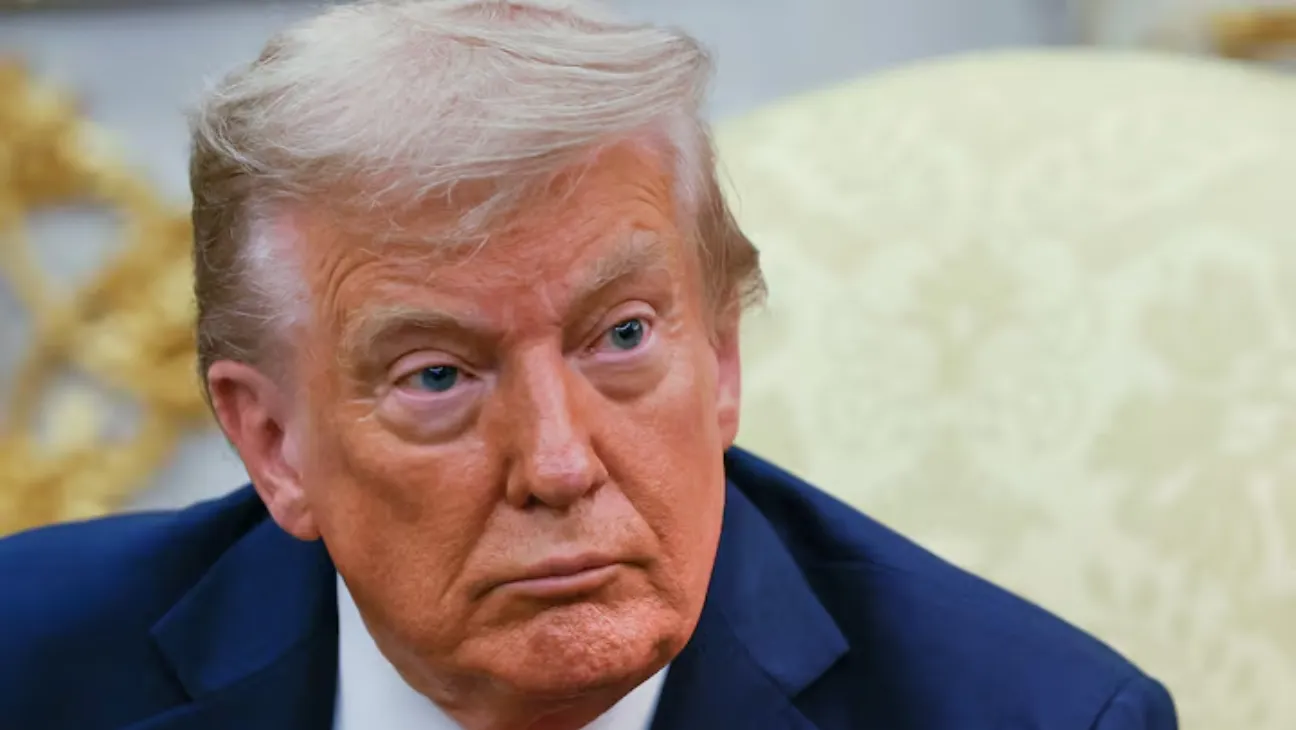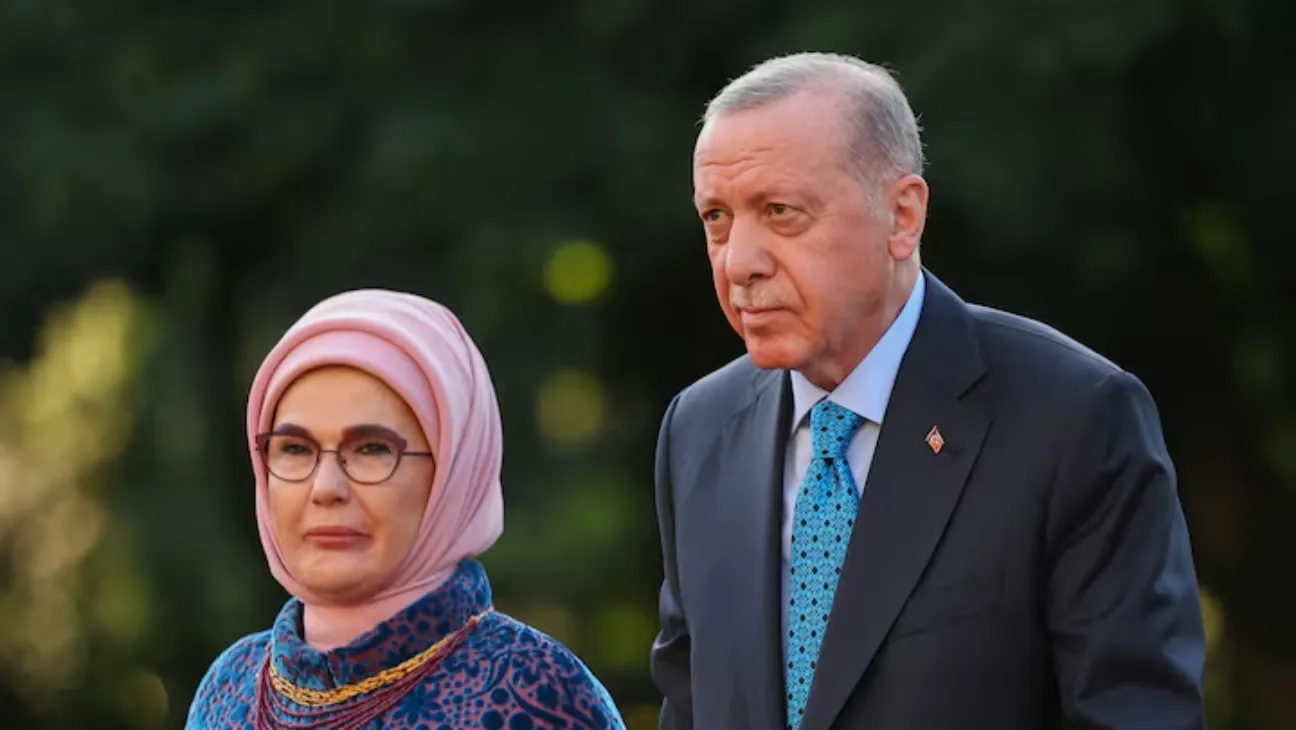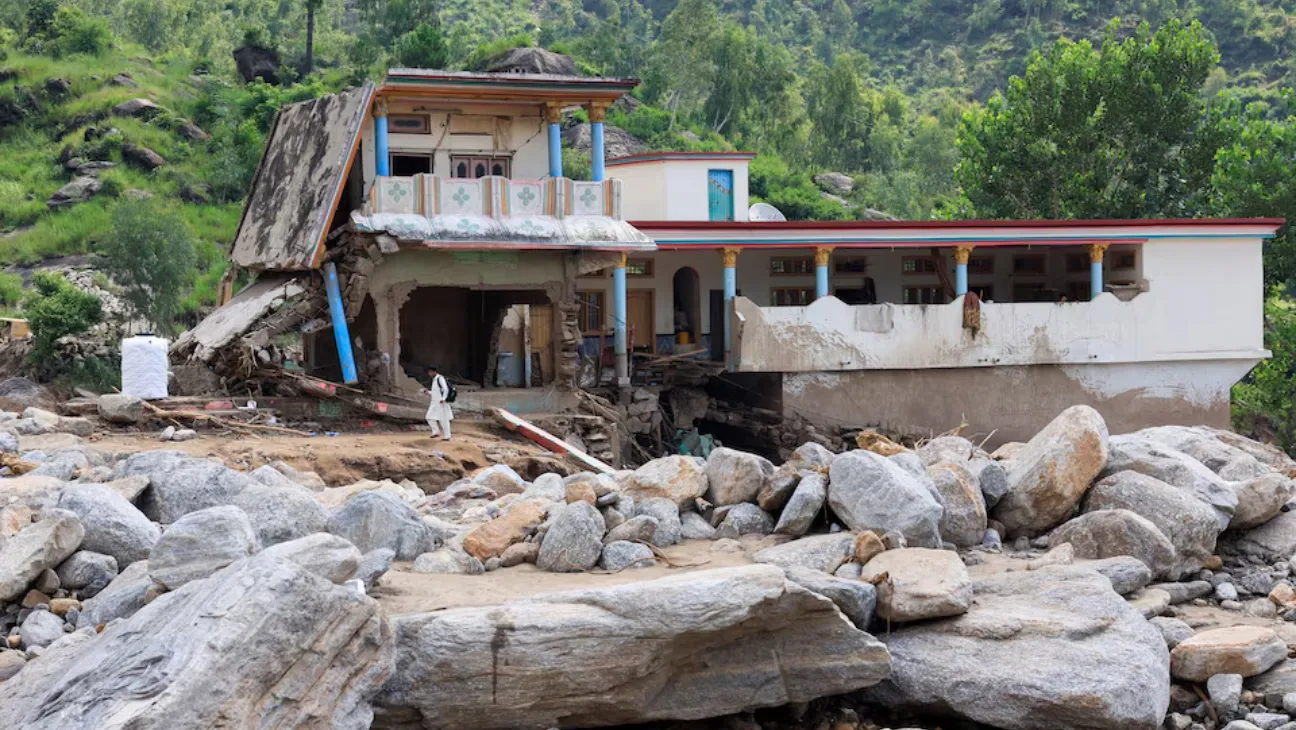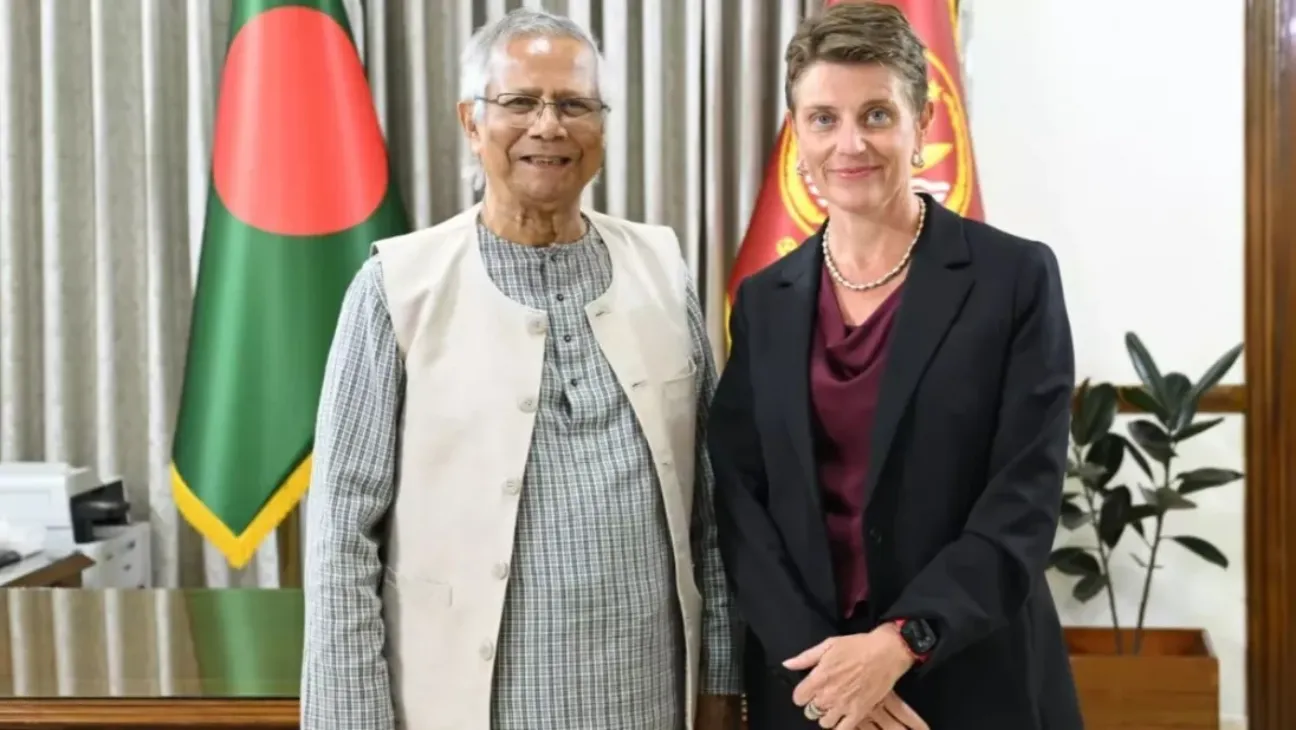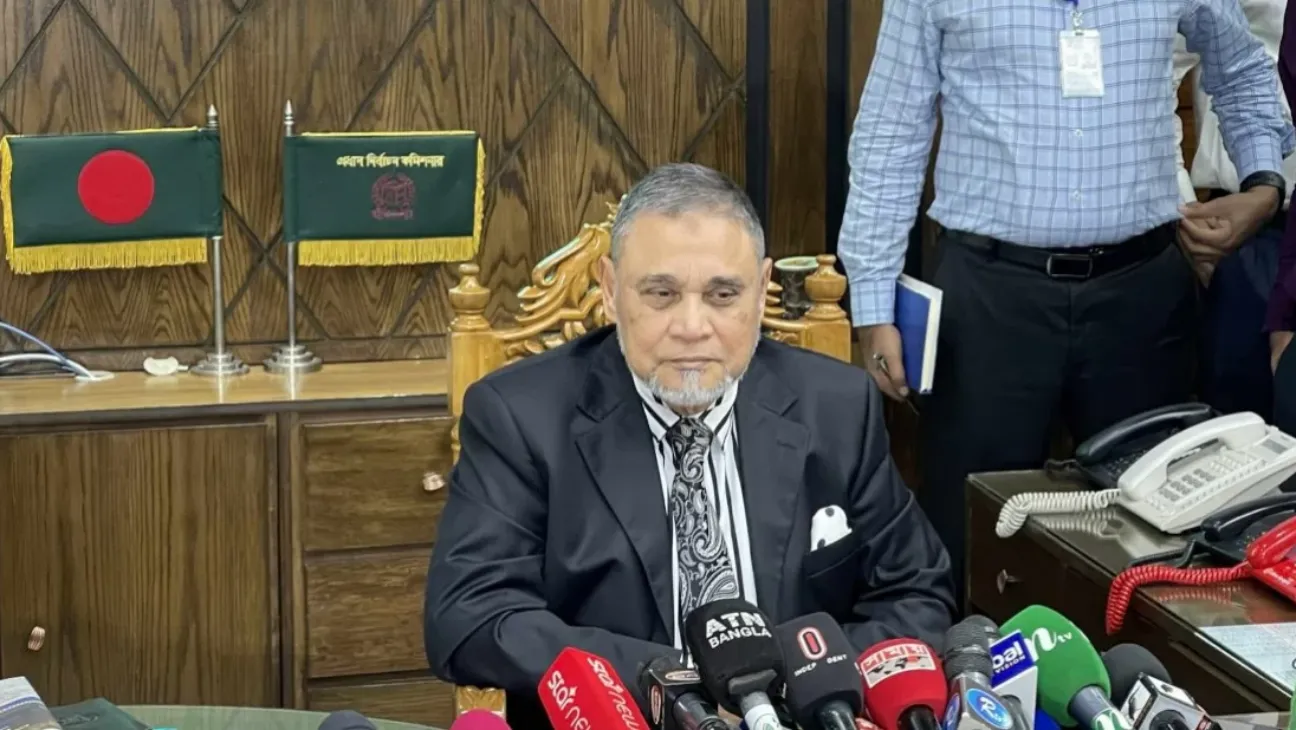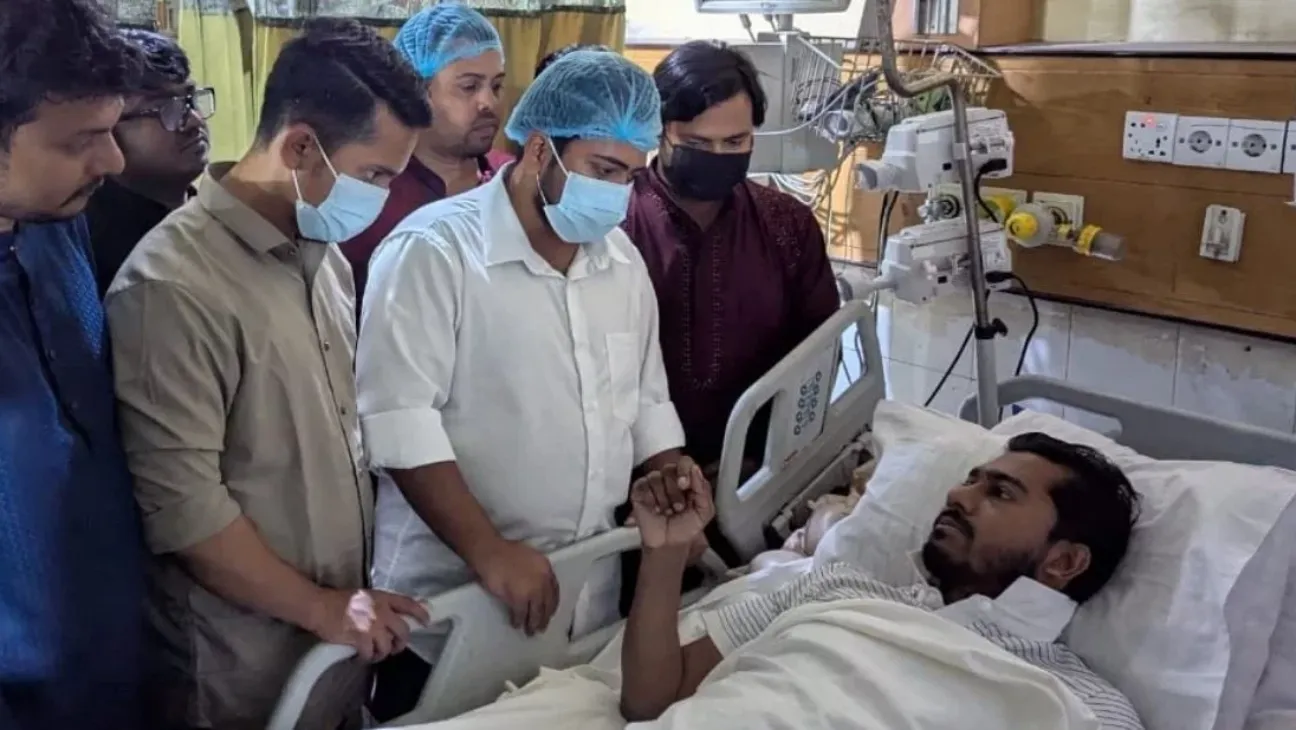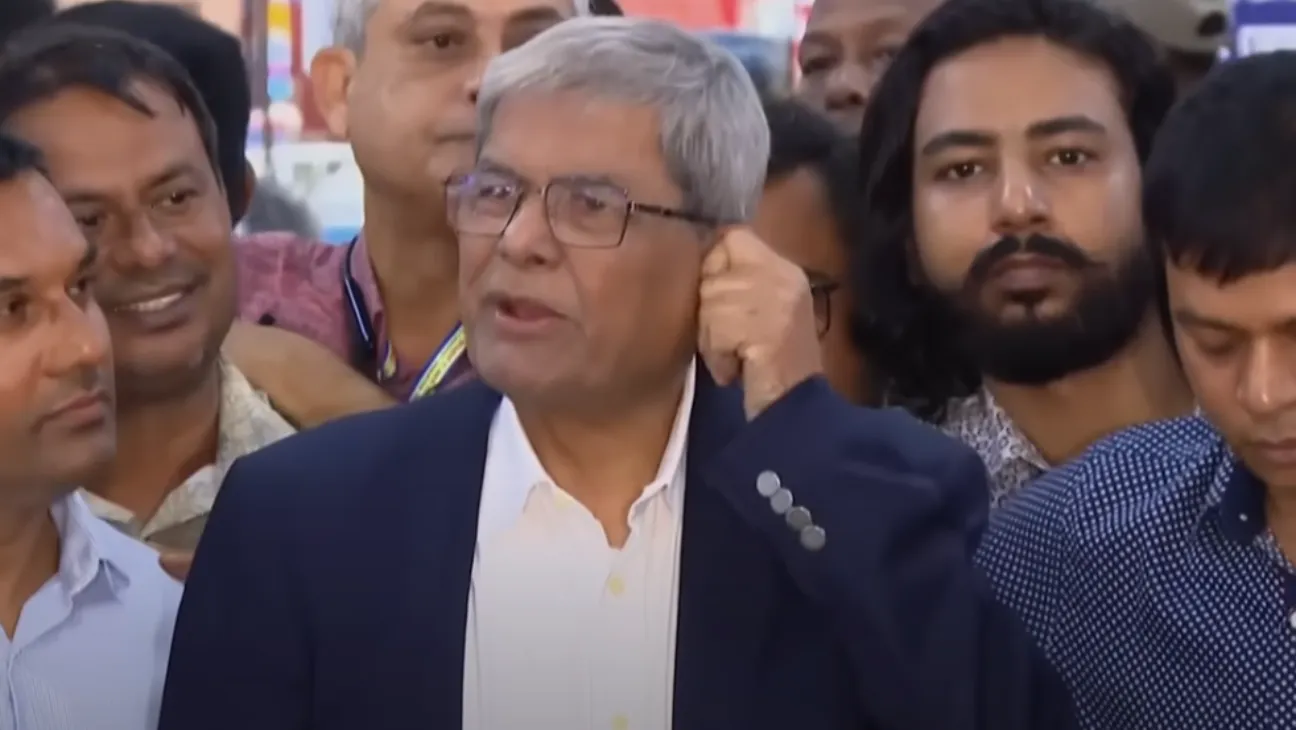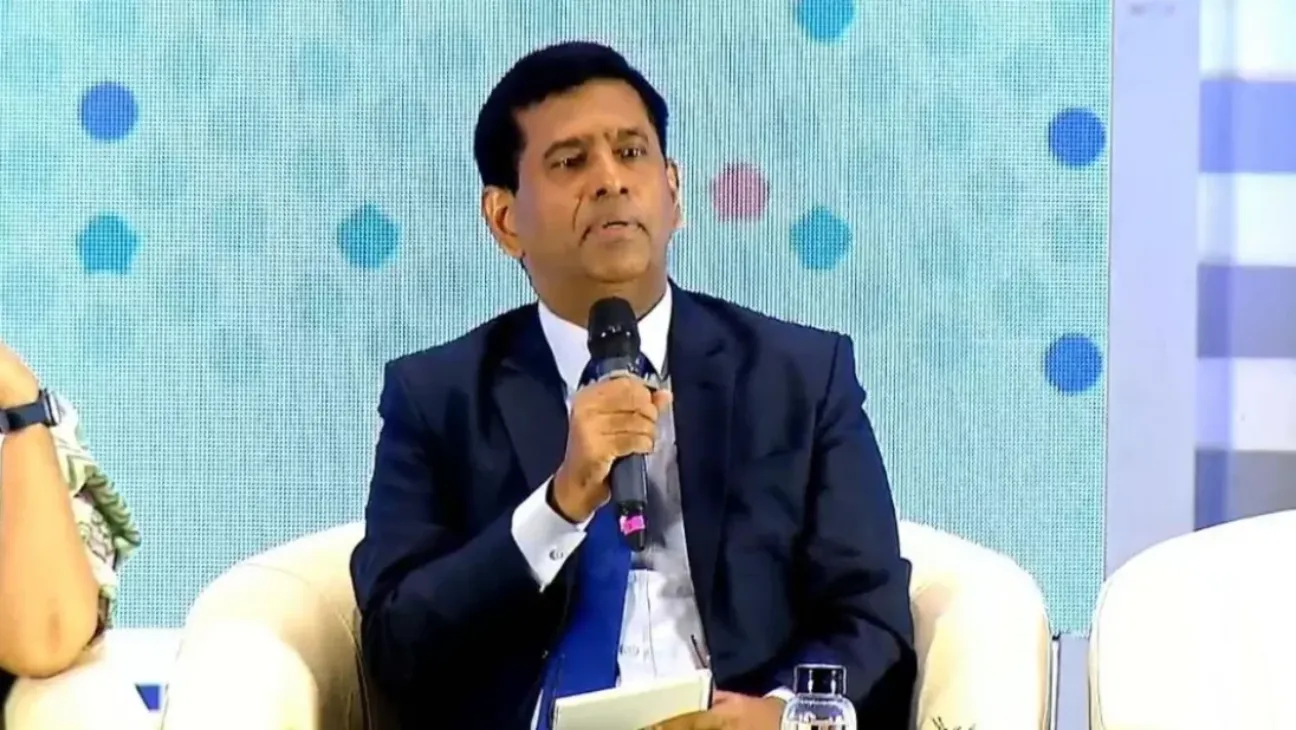California Governor Gavin Newsom is pushing back against the Trump administration’s decision to deploy federal troops in Los Angeles, calling the move unnecessary and unconstitutional as immigration raids across the state sparked widespread demonstrations.
The governor’s remarks came during a lengthy interview on The Daily (New York Times Podcasts), where he described both the scope of the protests and what he views as the troubling escalation of federal action.
“I think it’s a red line when you use military trained for foreign incursions for domestic law enforcement in American cities,” Newsom said.
His comments reflect a growing rift between state and federal leaders over how to manage the protests, which began in response to immigration raids and expanded into broader demonstrations against the use of force and federal authority.
Situation on the ground
As of Wednesday afternoon, protests in Los Angeles had largely calmed, with smaller groups remaining in concentrated areas downtown.
Newsom reported that local law enforcement, not the National Guard, had been central to managing the unrest.
“We had 1,610 police officers patrolling last night, 227 arrests,” he said. “There were more active protests in the evening, but during the day, what’s alarming are these raids happening across California.”
Federal immigration enforcement actions have targeted not only major cities but also smaller counties and community sites.
“They’re going to clinics where people are trying to get healthcare,” Newsom said. “They’re stopping people in their cars, checking papers.”
Role of federal troops
The deployment of 2,000 National Guard members to Los Angeles was ordered by President Trump. Yet, according to Newsom, their role has been limited and at times counterproductive.
“For days, many of them were sitting around without fuel, water, food or training,” he said. “About 50 to 100 were out last night. It’s our local officers making the arrests.”
He also expressed concern that federal troops had become targets for protesters, drawing more attention and potentially increasing tensions.
“Our police had to protect the National Guard,” Newsom said. “They became a destination for protests. That is not how this should work.”
Communication breakdown with Washington
Newsom said his communication with President Trump had been cordial at first, but misleading in the days that followed.
The governor claimed the president falsely stated that they had discussed the troop deployment in advance.
“He lied. Period. Full stop,” Newsom said. “No warning, no heads-up, nothing.”
The tension escalated further when Trump later called for Newsom’s arrest.
“My daughter came home crying because she was told I was getting arrested,” Newsom said. “I can handle that, but I can’t handle my city and country being torn apart.”
Balancing protest and public safety
While defending the right to protest, Newsom was clear that violent acts would not be tolerated.
“That looting was unacceptable,” he said. “Those responsible should be prosecuted to the full extent of the law.”
He acknowledged the complexity of the current moment, calling for both accountability and continued resistance to what he described as authoritarian tendencies.
“It’s overwhelming,” he said. “But I pray that people don’t give in to fear and cynicism. If we are silent, we are complicit.”
Immigration policy and local cooperation
Newsom also addressed the core issue driving the protests: immigration enforcement.
He defended California’s approach, which involves cooperating with federal authorities on serious criminal cases but not on broad deportation efforts.
“I have no sympathy for those who commit violent criminal acts,” he said. “We’ve coordinated with ICE over 10,500 times during my term for dangerous criminals.”
He also criticized raids targeting everyday workers and families.
“You have a nine-month pregnant woman arrested, people disappearing. We can’t find them,” Newsom said. “That’s the United States of America right now.”
What comes next
Looking ahead, Newsom is pursuing legal avenues to challenge the federal deployment.
“We’re going to court tomorrow,” he said. “We are requesting a federal judge to address this.”
He remains committed to encouraging peaceful protests and resisting what he views as an abuse of power.
“The alternative is to be quiet and hope it goes away. I won’t make that choice,” he said.
Asked how this standoff ends, Newsom said, “Donald Trump stands down. The American people stand up. The rule of law triumphs.”


